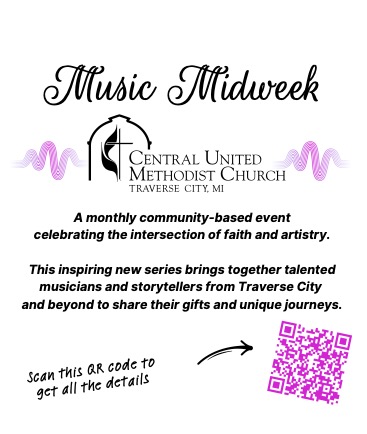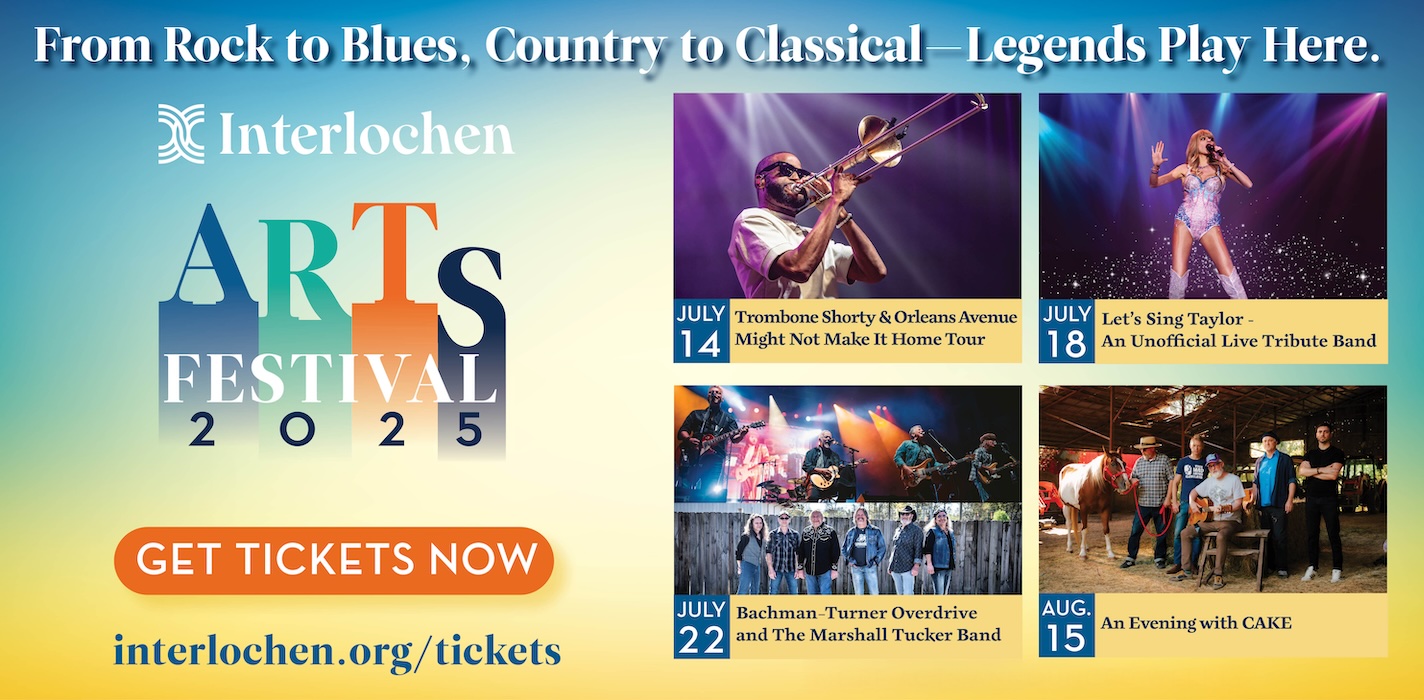
Measuring The Impact Of Trails
By Beth Milligan | Dec. 14, 2019
A new year-long study of two of the region’s most-used recreational trails – the Leelanau Trail and Sleeping Bear Heritage Trail – estimates that trail users contribute nearly $3.4 million annually to the local economy in direct spending. The study, which surveyed more than 800 trail users along with local business owners and medical professionals, attempts to quantify the health and community benefits of local trails – and paints a picture of two very different demographics using the Leelanau and Sleeping Bear systems.
The study, underwritten by the Edmund F. and Virginia B. Ball Foundation, was conducted by a team from the University of Florida in partnership with TART Trails. “We know that national figures support the economic benefit of trails, but we really wanted to understand the overall impact of our local trails,” says TART Trails Executive Director Julie Clark. “What are these trails really bringing to the community, beyond just what TART thinks they’re doing? Why are people coming here, and what do the trails mean to them? That information can help inform us on what we should be spending our time on, and where we can improve.”
Volunteers helped survey over 800 trail users, including more than 400 each on both the Leelanau Trail and Sleeping Bear Heritage Trail. Respondents were asked to share information including demographic data, their reasons for using the trail, the benefits they believe the trail offered (or not), and their estimated spending at local businesses connected to their trail usage. The responses highlighted sharp contrasts in the different groups using each trail – and the amount of revenue generated by the individual networks.
According to the report, users of the Leelanau Trail – which runs 17 miles between Traverse City and Suttons Bay – are predominantly local, with 58 percent of users identifying as Grand Traverse County residents. The largest user group was 60-69 years old (30 percent) without children (52 percent), with more than a third reporting using the trail one to three times a week. Most users – 69 percent – spent at least 1.1-2 hours on the trail while visiting it. Users collectively reported spending $71,238 annually in direct costs related to their trail usage.
Compare that to the 22-mile Sleeping Bear Heritage Trail (pictured) running between Empire and Bohemia Road, where users reported spending a whopping $3.3 million annually as part of their trail experience. Accommodations were a significant portion of that spending: 45 percent of users said they were from outside of Grand Traverse County. As with the Leelanau Trail, the largest group of users were 60-69 years old (36 percent) without children (52 percent). While Leelanau users identified health or exercise as their top reasons for using the trail, Sleeping Bear Heritage Trail users ranked scenery and nature among their top reasons, along with exercise. Both user groups said their most-desired improvement to the trails were more connections to other trails, followed by more public restrooms. The vast majority of users on both trails were bicyclists: 71 percent on the Leelanau Trail and 91 percent on the Sleeping Bear Heritage Trail.
The report concludes that the “Leelanau Trail system is not a tourism-driven (trail) or a trail frequently used by families with children, whereas the Sleeping Bear Heritage Trail is a largely tourism-based destination trail that works in tangent with the Sleeping Bear Dunes National Park system.” At a presentation of the study to local stakeholders Friday, Dr. Taylor Stein of the University of Florida summarized those findings more bluntly: “Leelanau is not a big money-maker right now,” he said. “But it’s not designed to be. We see this as being more of a local trail, and Sleeping Bear is a destination trail that’s bringing in most of the revenue.”
The report states that both trails are “extremely accessible” to those with physical disabilities, families, and low income or minority populations, and are also seen by businesses as contributing to a “sense of pride” for the community, which owners ranked as the top benefit of the trails. Stein said he was surprised by that outcome, noting that business owners typically focus on their bottom line when measuring impacts versus a broader community culture. A dozen local doctors interviewed for the study also praised the accessibility of both trail systems as being a key factor in getting residents to exercise more – though they expressed a desire to work more closely with TART to better promote trail usage as a health benefit.
The report concludes that the two trail systems offer a “multitude of economic and health benefits,” as well as a “sense of community” and an “extra layer of tourism.” President/CEO Trevor Tkach of Traverse City Tourism agrees with that statement, saying his agency already capitalizes on the region’s trail system to lure in outside visitors. “It’s definitely a key talking point of the outdoor experience that we pitch every single day,” he says. “We’re a trail destination…it’s a key attraction for a lot of people. And of course, as locals, we also get to enjoy it.” Tkach says Traverse City Tourism has a wall at its office dedicated to local trail maps, and has worked to bring events like Ironman – which utilizes local trails as part of its course – to draw a health-conscious demographic to the community. “Those are potential new residents who could consider moving here, and the trail system is definitely part of that draw,” he says.
Clark says the study also highlights potential areas of improvement for TART: a need to build better relationships with the medical community, for one, and to try and diversify trail demographics. While retirees have the most time and disposable income available to them – likely accounting for their high usage of the Leelanau and Sleeping Bear Heritage trails – it’s important to court the next generation of users as well, Clark says. “It’s something we think about regularly: How do we encourage more families?” she says. “For parents, safety and convenience are important drivers, so something like working on having more connected trails is important.”
Clark hopes the study will ultimately help TART Trails quantify the benefits of building trails when it comes to working with local government partners, who are often asked to make significant funding contributions to such projects. “It’s not just about bringing in money from tourists, it’s a whole suite of benefits that come with trail development,” she says. “People are always asking us, ‘Why should we make this investment?’ This will hopefully help, when we’re asking our local governments to invest in trail infrastructure, to educate on the values and benefits that come with it.”
Photo credit: Sleeping Bear Heritage Trail
Comment






